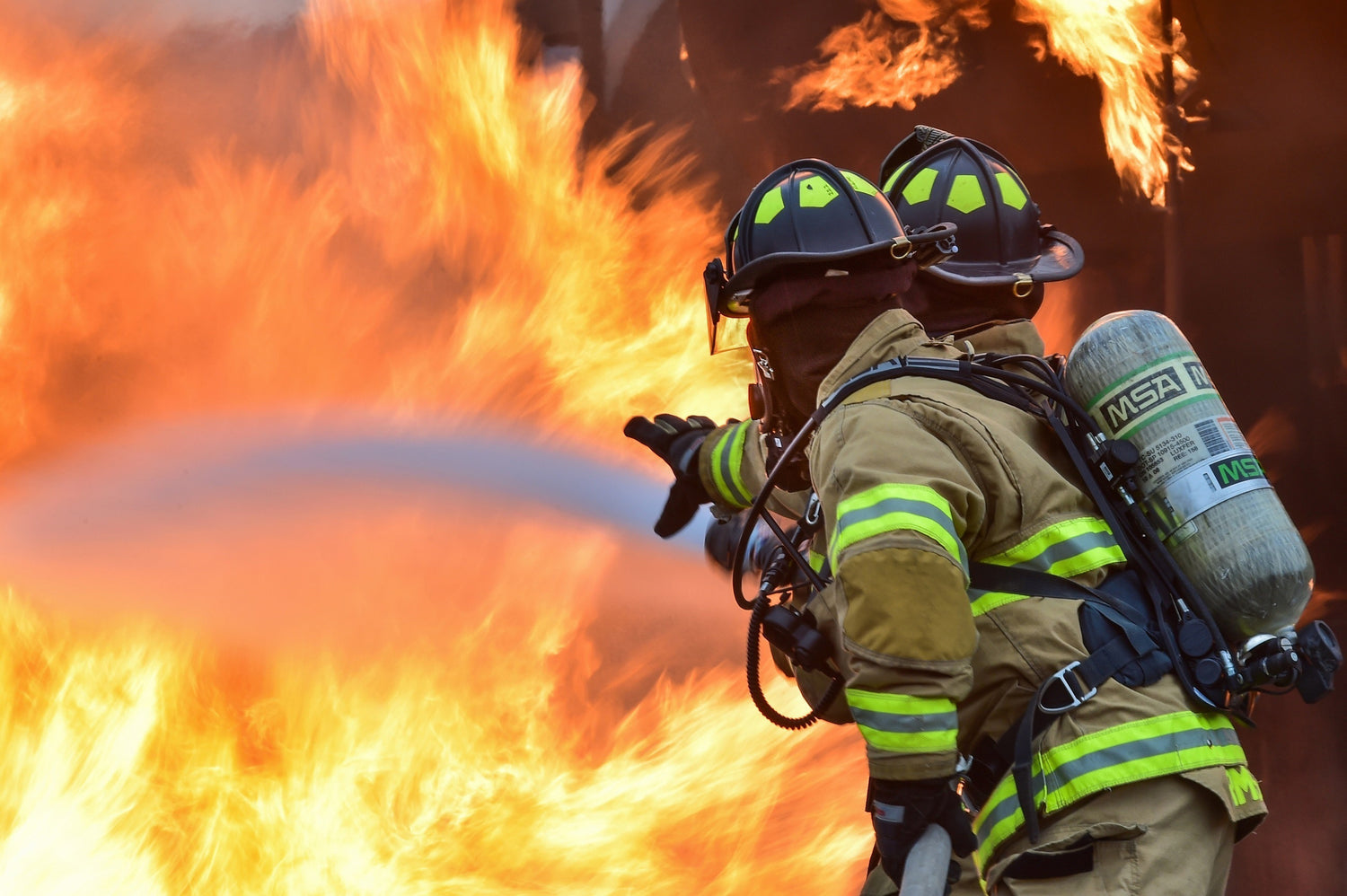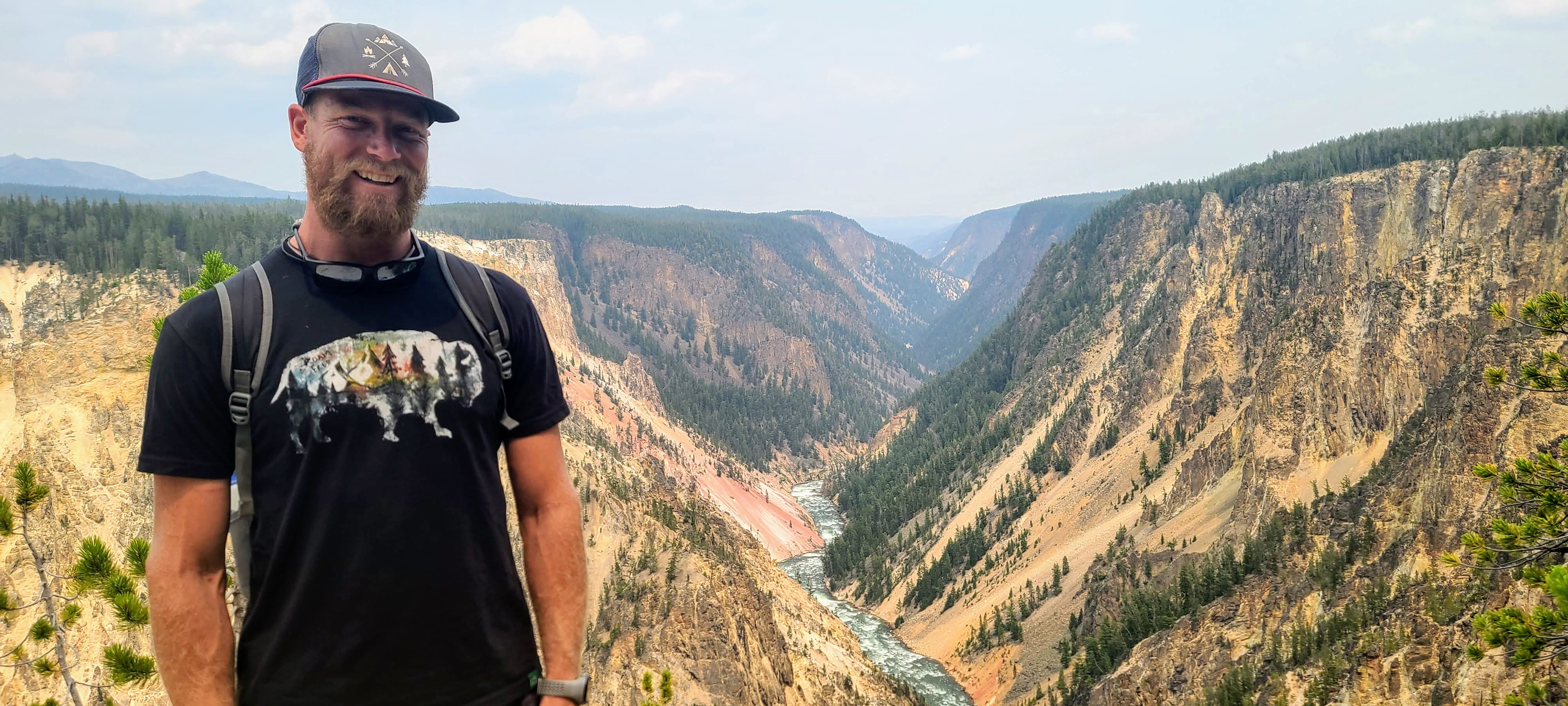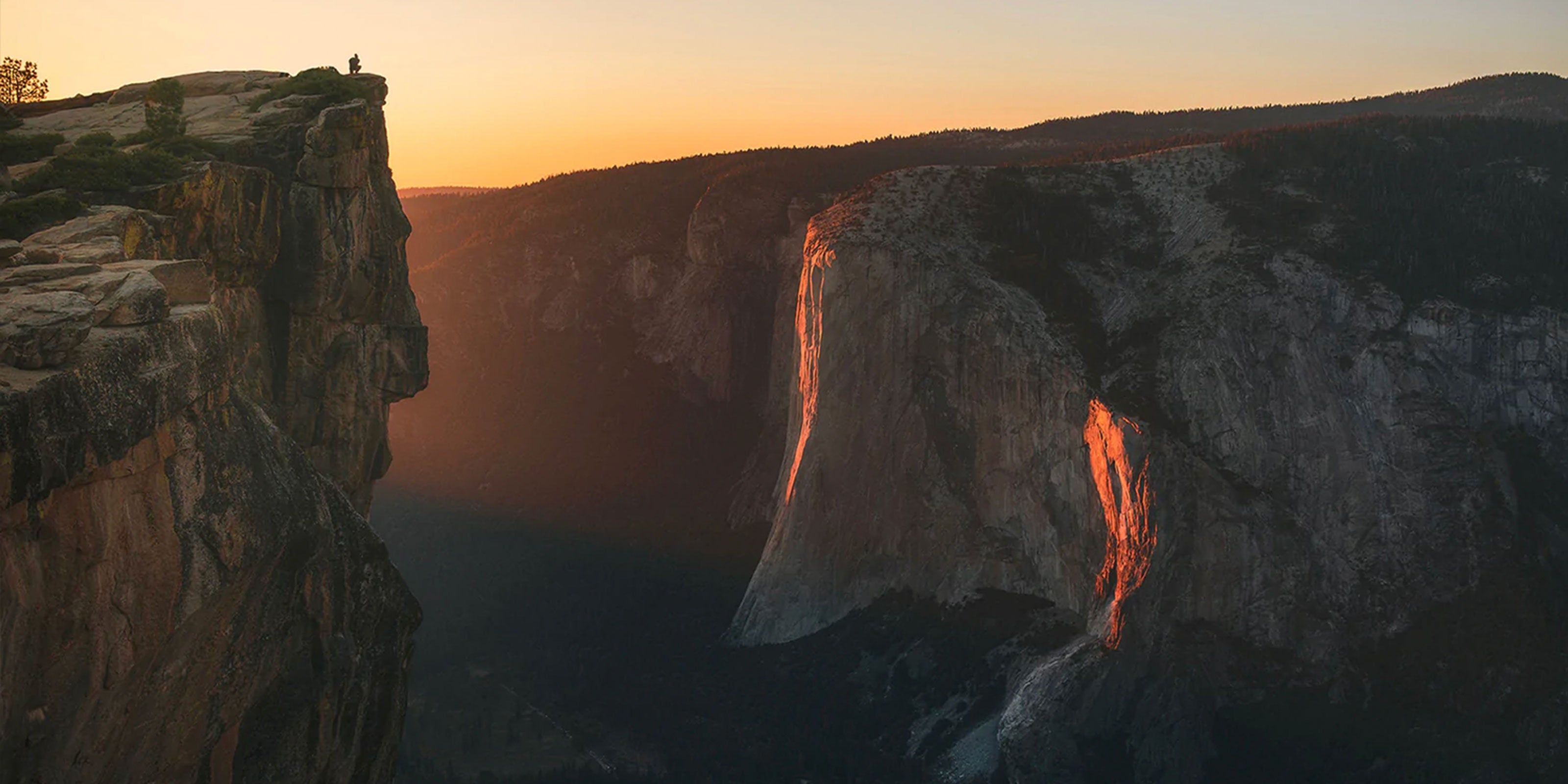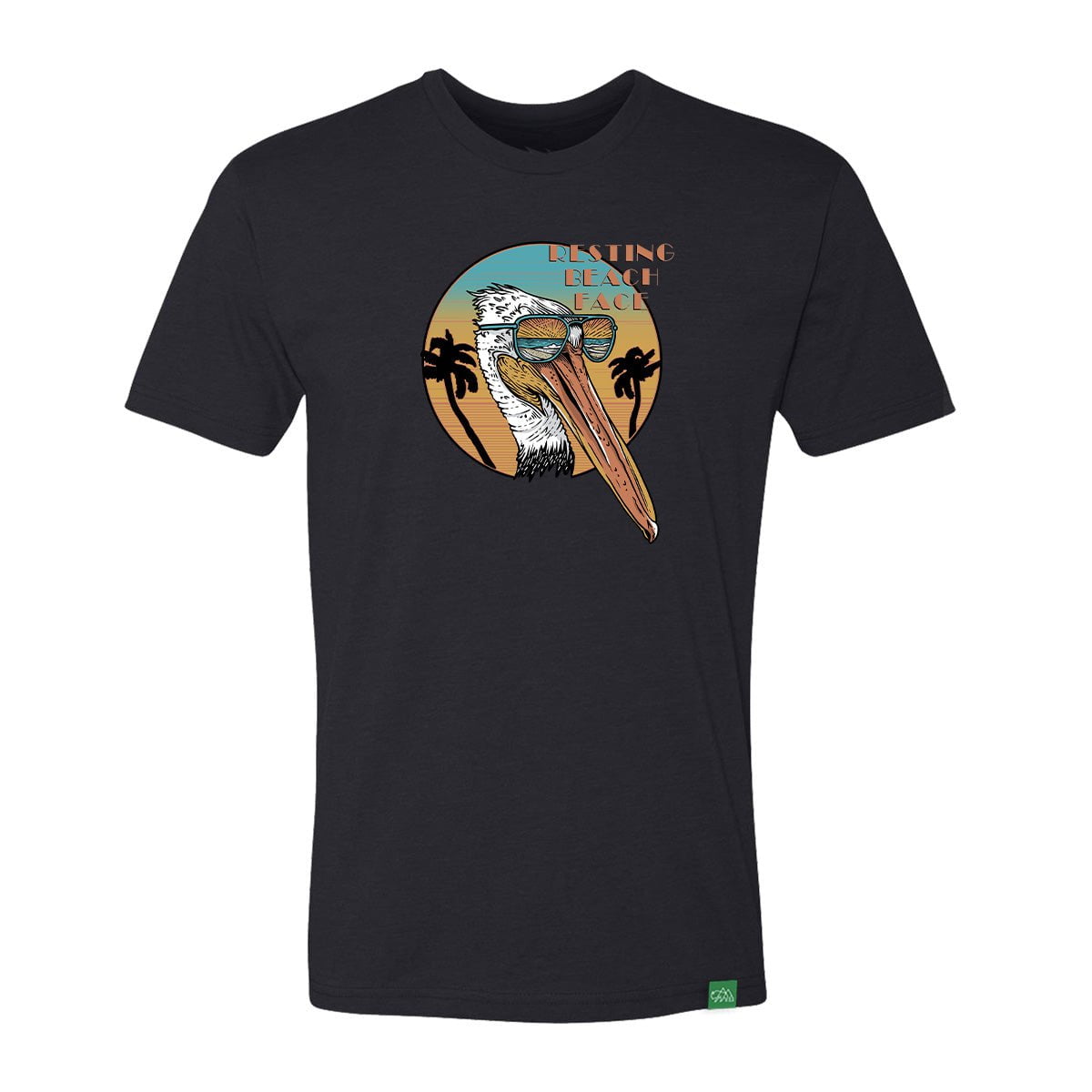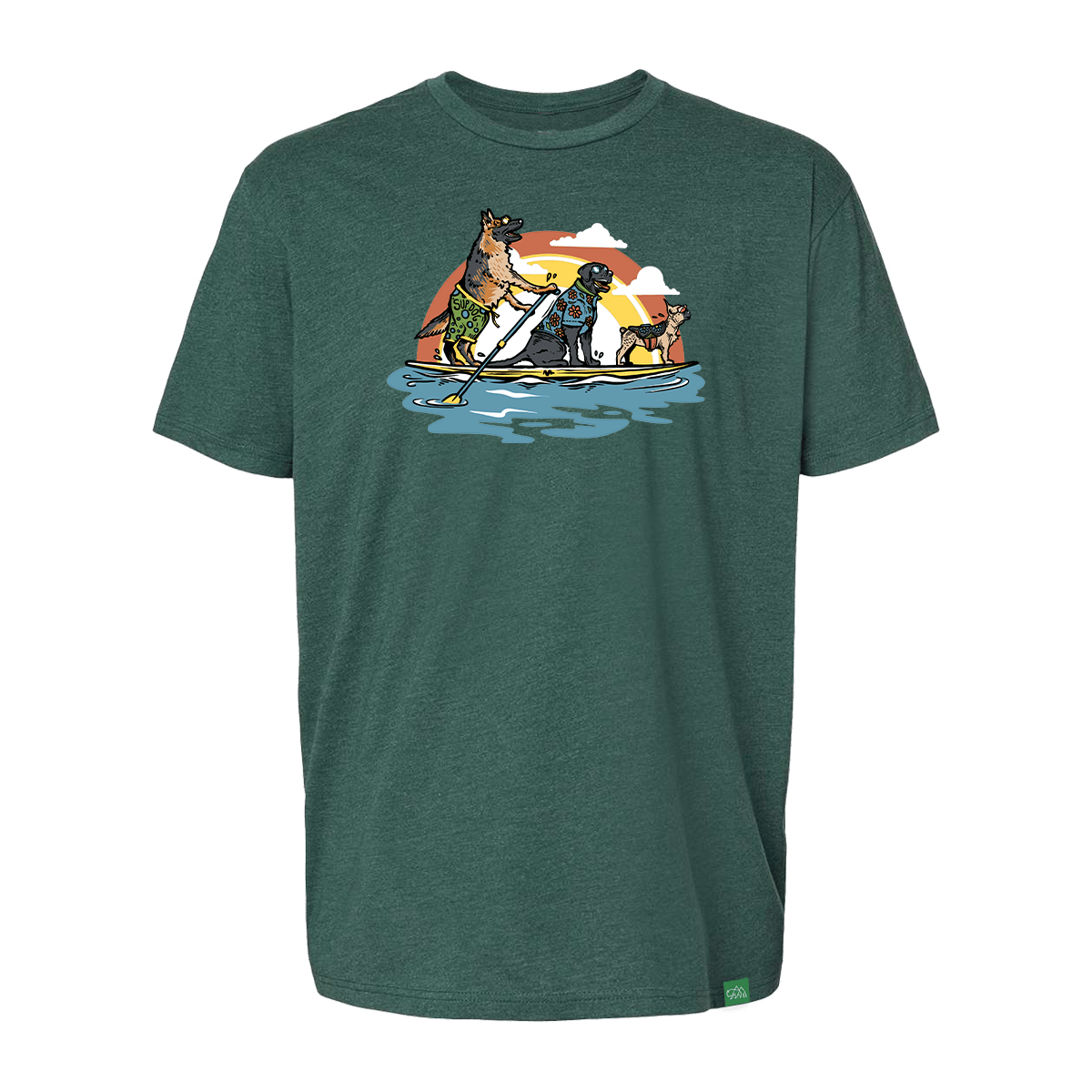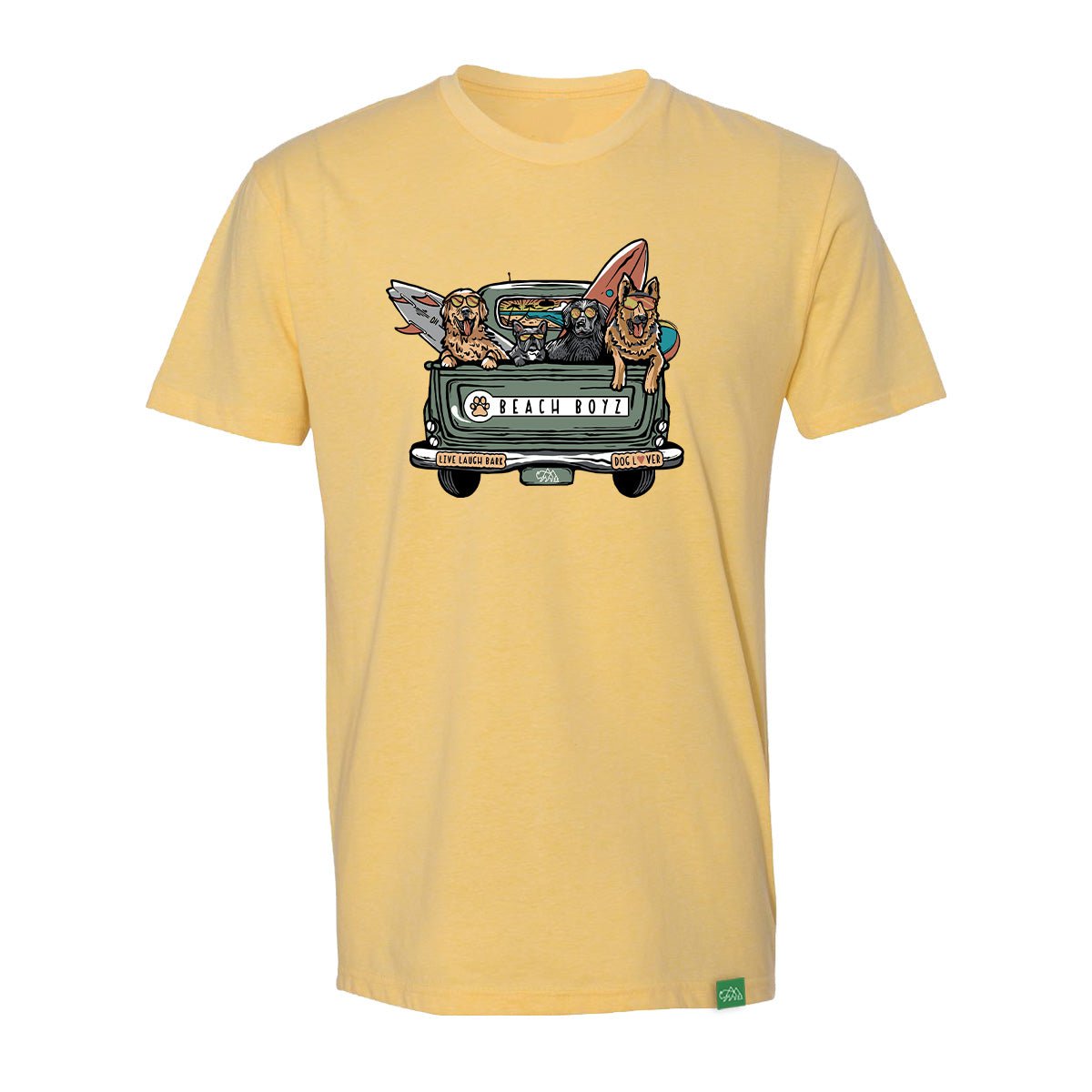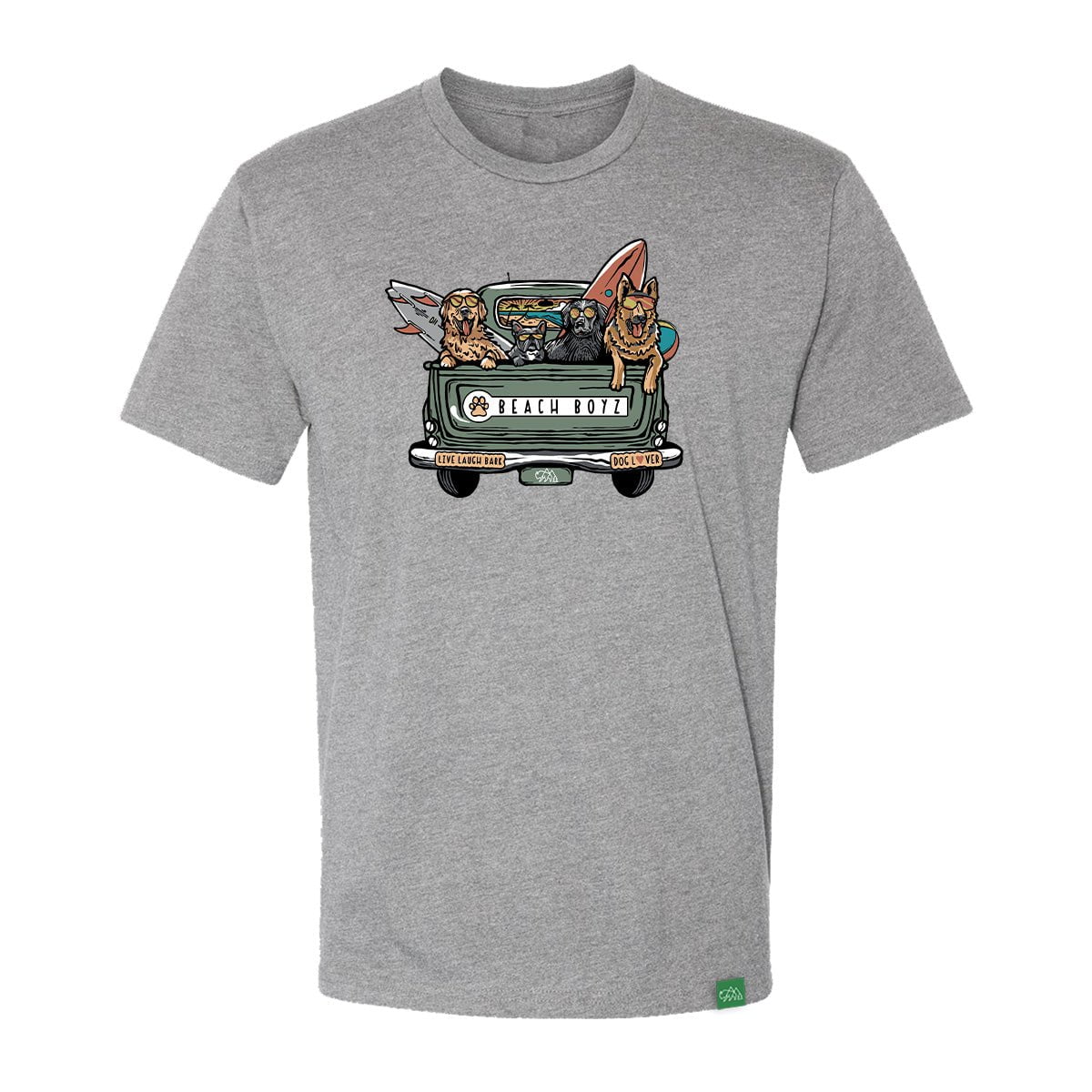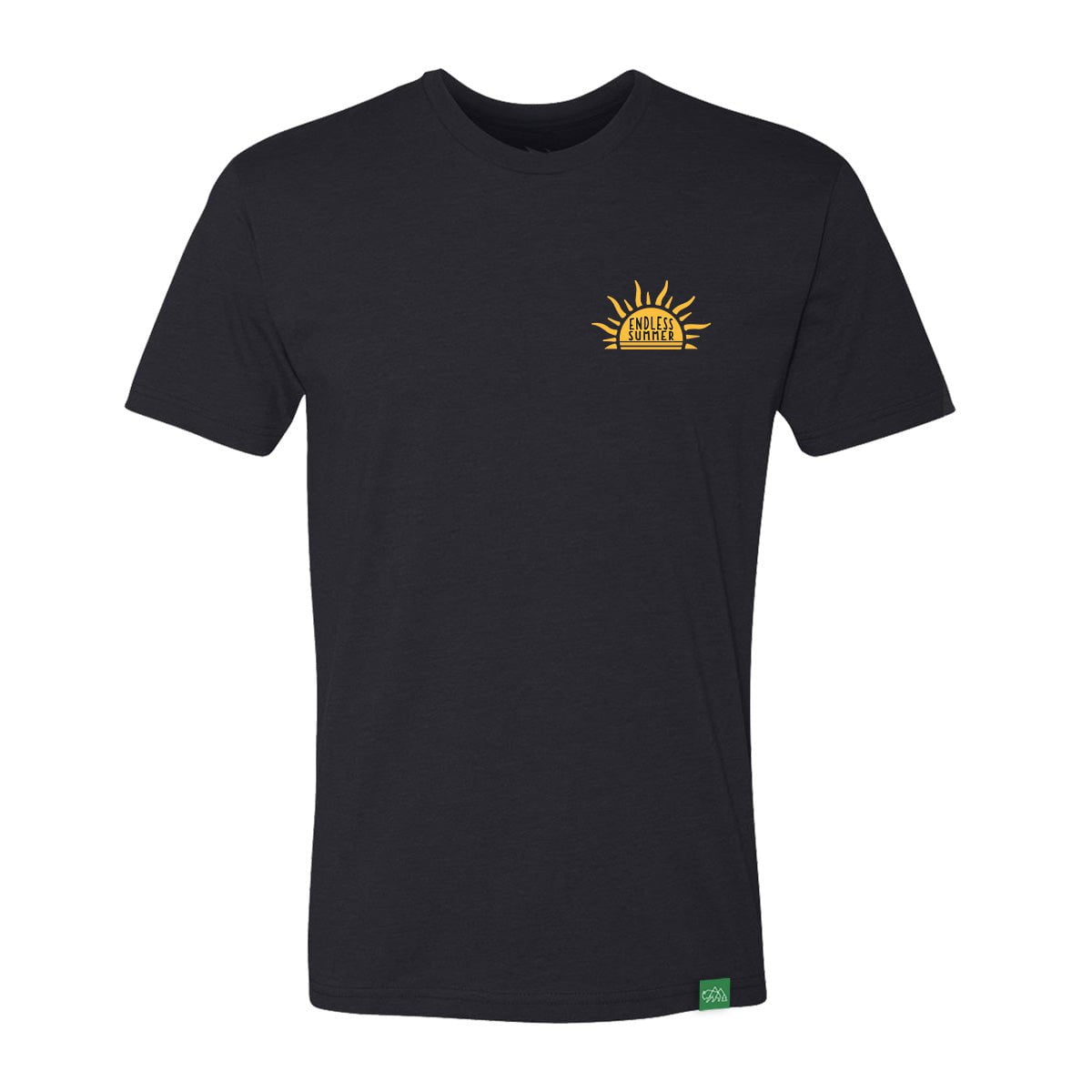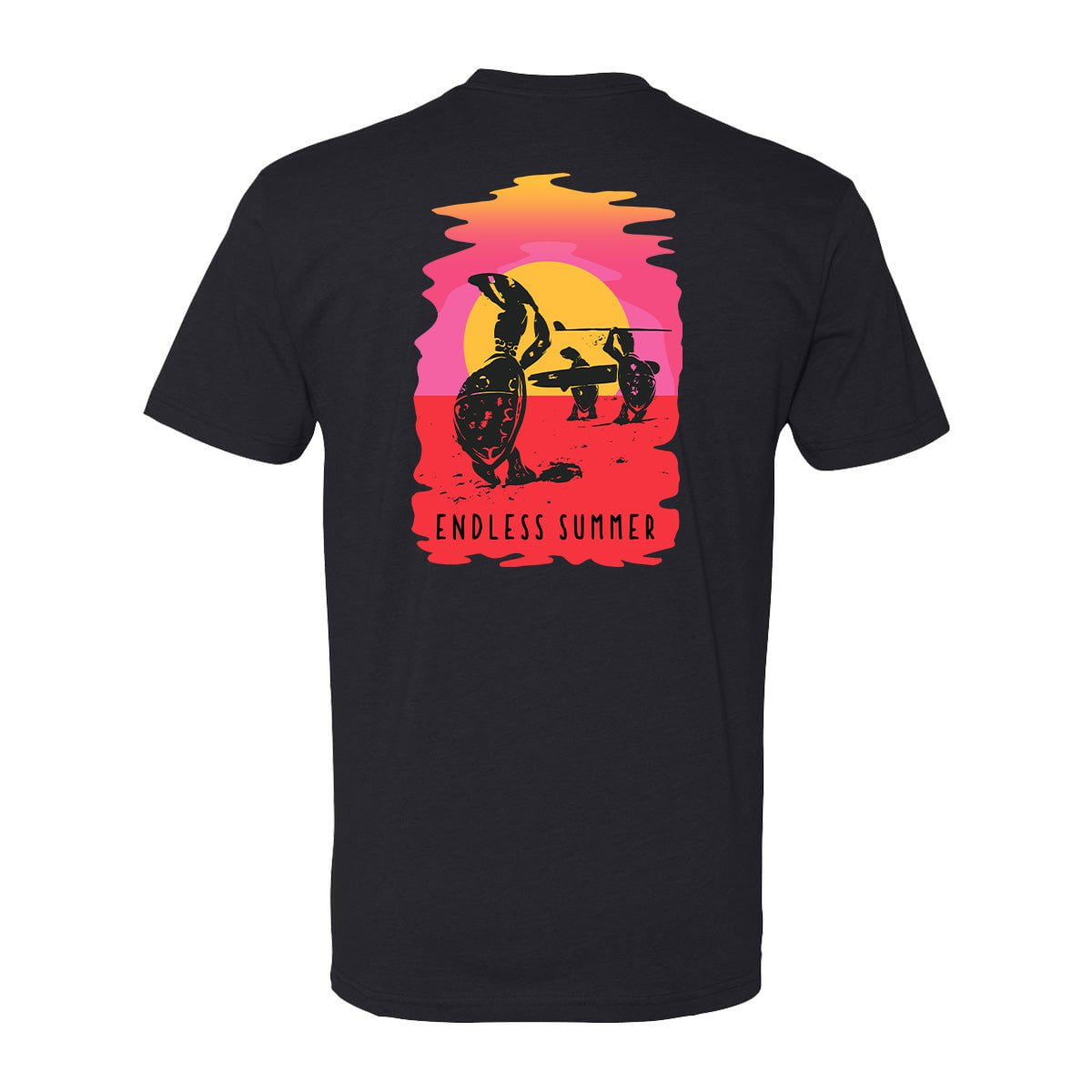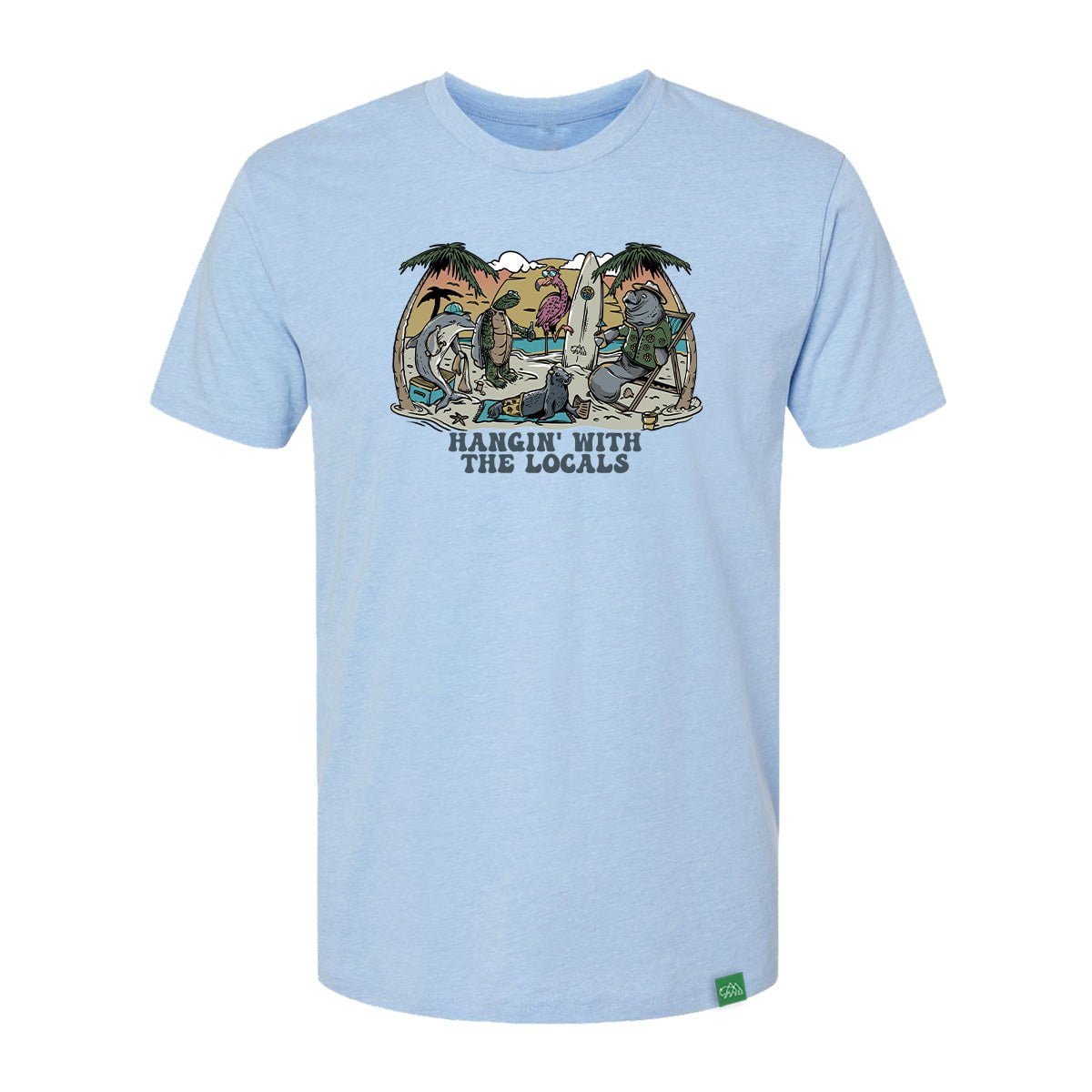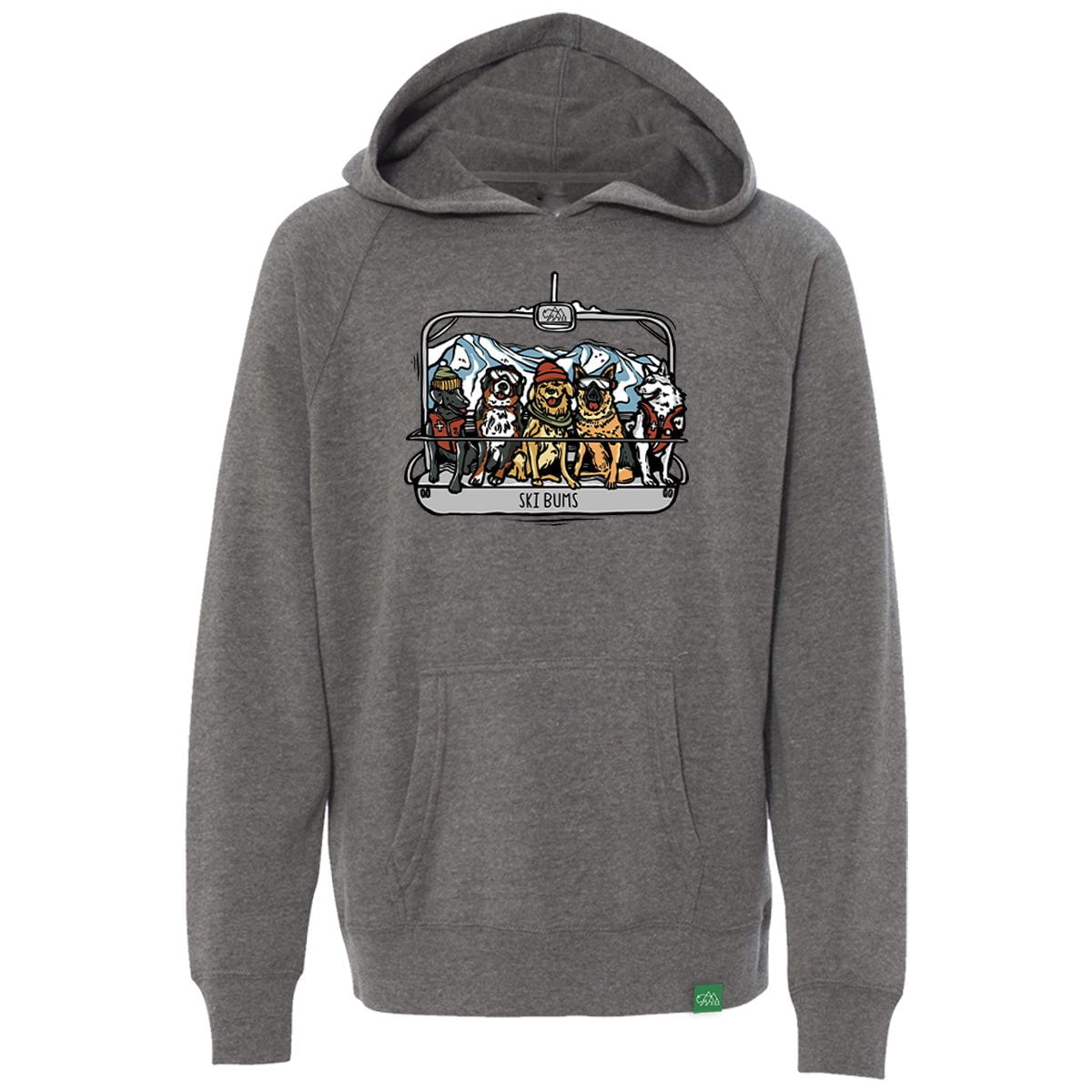Words by Rebecca Souther
Forest fires are not always the disaster we paint them to be. In fact, they are a natural part of our world's ecosystems. Before human intervention, low-intensity fires would burn every few years to to burn up fuel, plant debris, and dead trees. In turn, these low-intensity fires allowed for healthy vegetation to grow. This all sounds fantastic, but as we know, this is not always the story for wildfires.
Why
88% of wildfires from 2016 to 2020 were human caused. While controlled burns, which we'll talk about later, simulate the natural occurring, low-intensity burns, many forest fires are unintentionally started.
Many factors come into play in igniting unplanned fires. From climate change to lack of land management, unattended stoves or campfires, brush fires started from lit cigarettes being tossed out vehicle windows, heat lightning, intentional acts of arson, and even from sparks via dragging tire chains. Wildfires are unpredictable, and while many start out small, they can reach sizes difficult for firefighters and other agencies to manage. This is why it is important to stay informed on local weather conditions, fire ordinances, and practice caution when visiting dryer climates. This is not only for your safety, but the safety of firefighters, wildlife, and other recreationists alike.

A firefighter works a controlled burn @natureconservancy
Controlled Burns
Controlled burns imitate the natural occurring fires that help maintain healthy forests. Materials burned in a controlled burn include dead grass, fallen tree branches, dead trees, and thick undergrowth. These controlled, or prescribed, burns help prevent many of the devastatingly huge fires we see today, while also promoting new growth that attracts both flora and fauna. In addition, prescribed burns can help return nutrients to the soil, reduce insect populations, and destroy invasive species. Now that naturally occurring, smaller fires are often suppressed by human intervention, controlled burns help create those effects for a healthy ecosystem while preventing more destructive fires.
Who
When we see wildfires on T.V., we often see homes burning and lines of cars evacuating. From California Redwood Forests to Idaho mountain ranges, some of these most incredible places (where folks love to live) are the areas most affected by wildfires. They are often hard to escape due to narrow, winding roads. Locals are encouraged to constantly keep up to date on wildfires while having an evacuation bag and plan in place.
Many of these wildfire hotspots in the western U.S. also tend to be tourist destinations, which can put additional strain on emergency response systems. Between backcountry rescues and traffic caused by evacuations, it’s always important to follow local emergency and weather alerts prior to setting off on your next adventure. You never want to end up in a situation where you need to evacuate or be rescued, as a result, diverting resources that are meant for assisting local populations or defending the fire line.

@Arnav Kainthola
When it comes to unplanned fires, humans aren't the only one's affected. As explained by the USDA, “Ambient temperatures over 145 °F are lethal to small mammals, and it is reasonable to assume the threshold does not differ greatly for large mammals or birds. Most fires thus have the potential to injure or kill fauna, and large, intense fires are certainly dangerous to animals caught in their path. Animals with limited mobility living above ground appear to be most vulnerable to fire caused injury and mortality, but occasionally even large mammals are killed by fire.” Not only are animals often caught in and killed by wildfires, but their habitat is also destroyed. That is why controlled burns are well planned out-- so that they do not encompass all nearby ecosystems and burn at a low enough temp for wildlife to be unaffected.
According to Leave No Trace, “The United States now spends approximately $3 billion per year to fight fires in parks and forests. Recent years have seen fire seasons in the U.S. that are on average 78 days longer than in 1970. Forest Service scientists believe the acreage burned may double again by mid-century if trends toward longer droughts and hotter conditions continue. Regardless of the big-picture causes, we know that educating people about the dangers of uncontrolled fires is vitally important.”
So what can we do to prevent the ignition and spread of wildfires? According to the Department of Interior, you can recreate responsibly by:
- Checking weather and drought conditions
- Build your campfire in an open location and far from flammables
- Douse your campfire until it's cold
- Keep vehicles off dry grass
- Regularly maintain your equipment and vehicle
- Check your tires, bearings and axles on your trailer
- Keep sparks away from dry vegetation
- Check conditions and regulations before using fireworks or consider safe alternatives
- Cautiously burn debris and never when its windy or restricted
- Never throw cigarette butts out of your car
- Do not set off fireworks, especially in vegetated areas.
People often underestimate how easy it is to start a forest fire. From gender reveals resulting in an involuntary manslaughter charge to a 15 year-old-boy playing with fireworks that resulted in him needing to pay $36.6 million in restitution, your life can be changed with one spark. Our friend Smokey Bear is right when he says, only YOU can prevent wildfires.
4% of proceeds from our Smokey Bear Collection go to our 4 the Forests Initiative.

